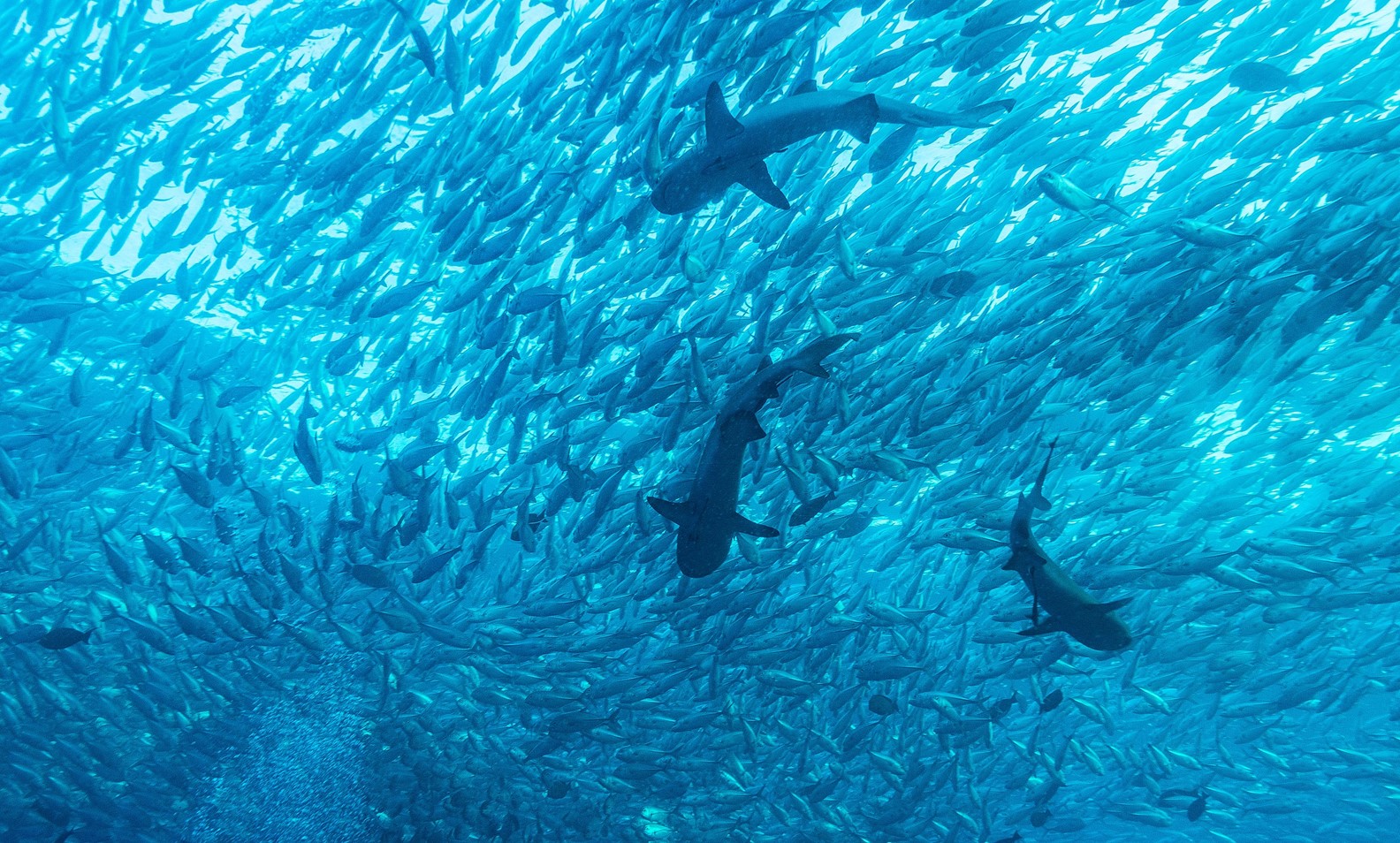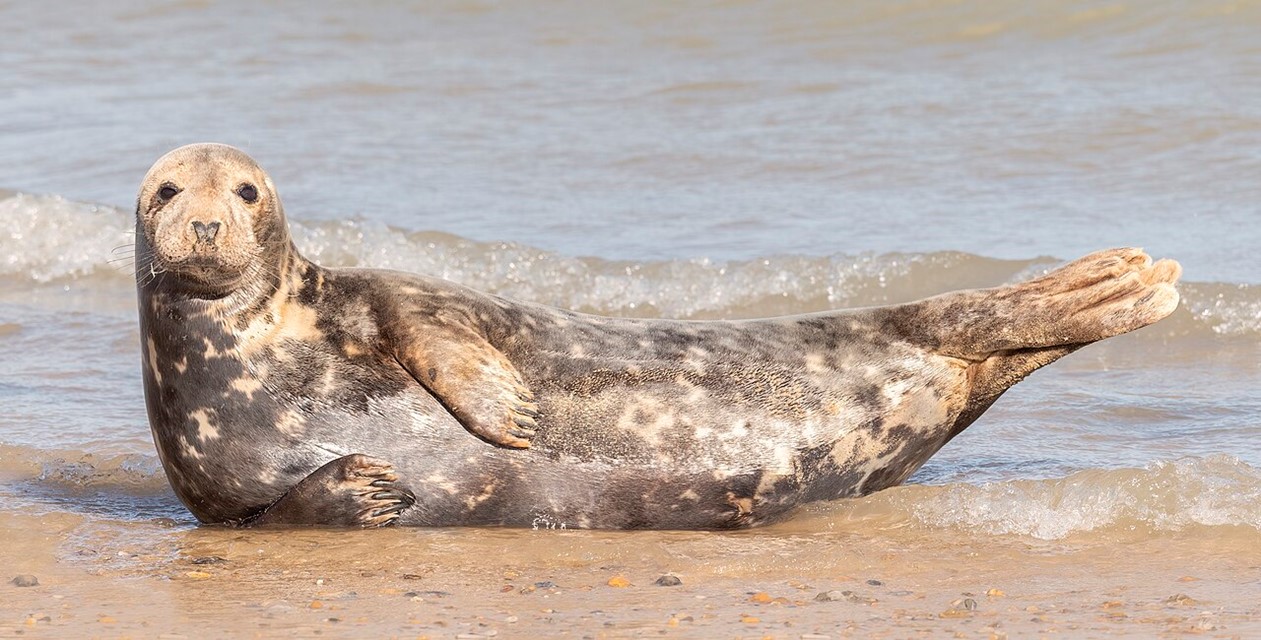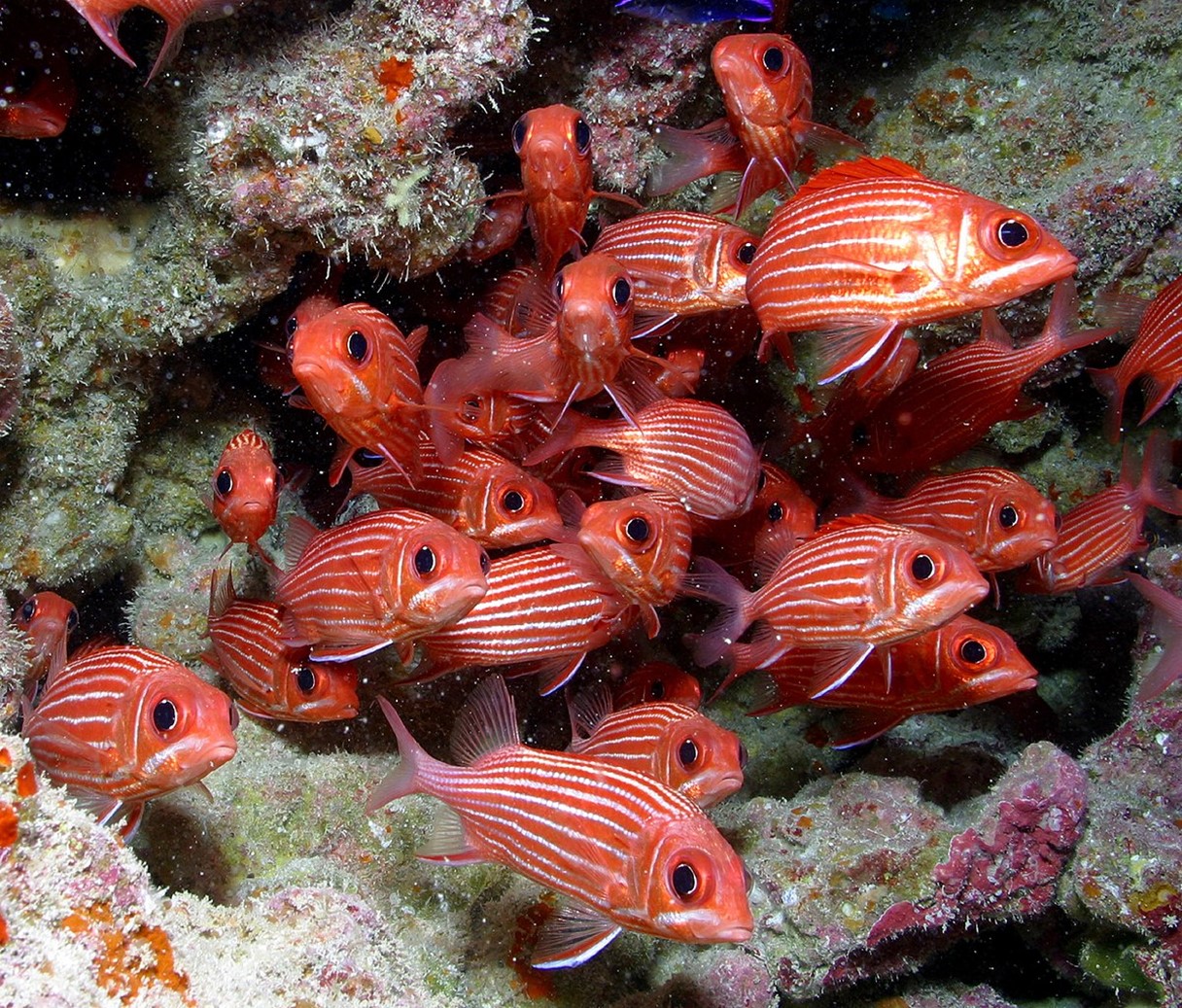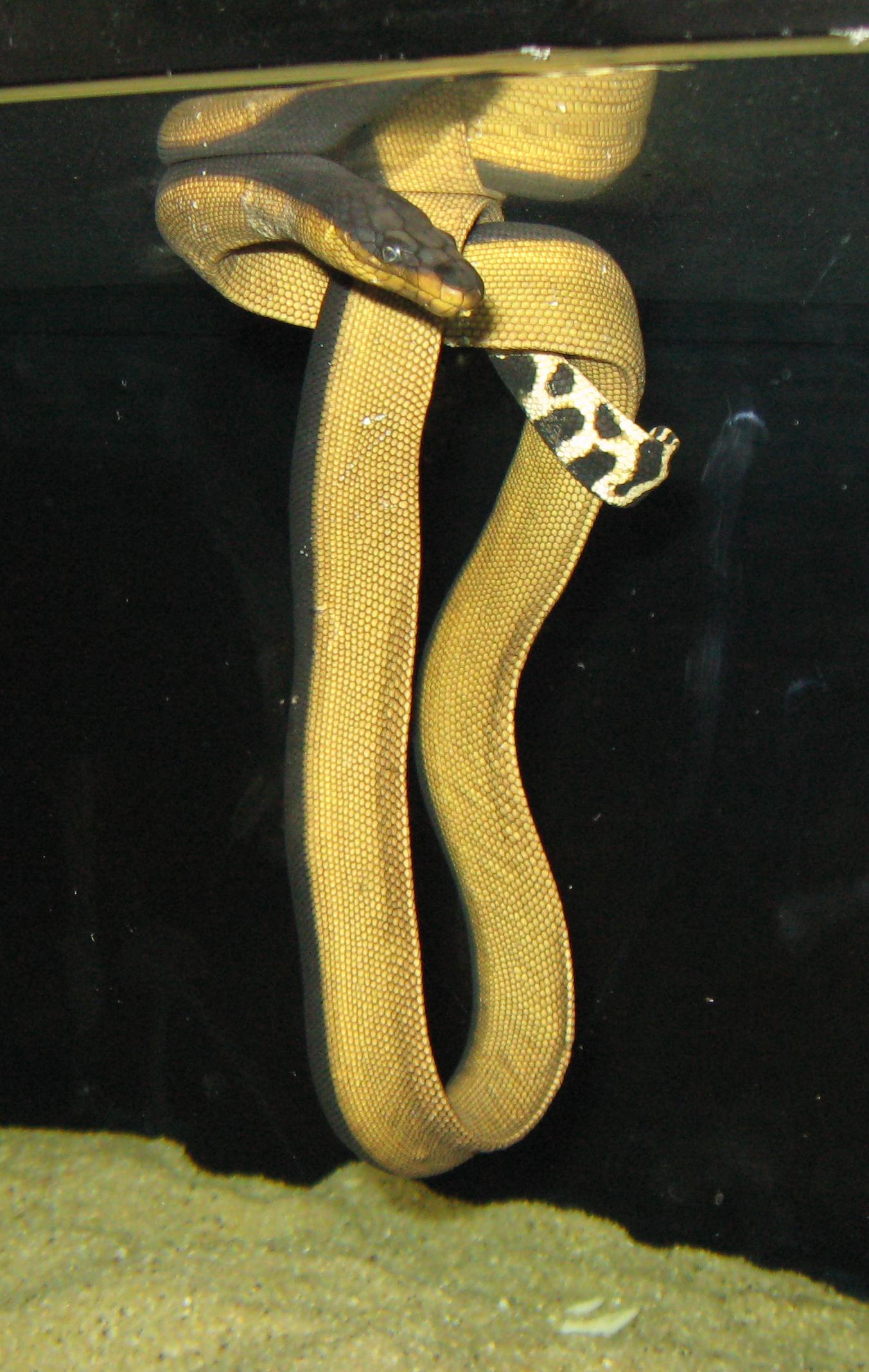
Credit: Avoini, CC BY-SA 3.0, via Wikimedia Commons
Drinking salt water is poisonous to humans. It’s four times saltier than our blood, so our kidneys pull water from our tissues to try to balance the seawater, which could lead to dehydration or death.
Whales and dolphins, seals and walruses are all mammals, and they need fresh water too. But they live in salt water. So what do they drink?
Nothing! Their digestive systems are superefficient at pulling all the fresh water they need from their food.
What about fish? They need water too. You’d think this would be no problem for freshwater fish.
But because their blood is more salty than the water they live in, they have to be careful not to drink it. When water goes in their mouth, they push it out through their gills, where the right amount of water is absorbed through osmosis.
For saltwater fish it’s a different story. They get their fresh water by drinking salt water. They have special kidneys adapted to filter out and expel the salt.
Scientists thought that highly venomous sea snakes also drank seawater and expelled salt. To test that, they captured a hundred of them before and after a rain.
Those caught before the rain drank fresh water offered to them—they were thirsty. Those captured after the rain had no interest in water. The scientists realized they drank rainwater, which being less dense, floats on the surface of the salt water.
All creatures require water to live. Even those living in water!
Background
Synopsis: The chemical reactions essential for life require water (H2O) as a solvent, so all living organisms need water. But seawater is toxic to many animals, so how do animals that live in the sea get the water they need?
- All organisms, from giant blue whales to red roses to mushrooms and cyanobacteria, need pure water to survive.
- Pure water is the universal solvent that provides the medium for the vital chemical reactions that enable life.
- Dissolved substances are also transported around the body in aqueous (water-based) solutions.
- Your body is 55% to 60% water. We previously talked about the importance of water to the human body in ED-082 Water of Life.
- We also know that seawater is toxic to many animals, including humans.
- Seawater is about four times as salty as our blood, so if we ingest it, our kidneys will try to balance the excess salt by stealing water from tissues and other organs, resulting in thirst, dehydration and, sometimes, death.
- We talked about why humans can’t drink seawater in ED-119 How Earth Makes Fresh Water and ED-130 Water, Water Everywhere.
So how do creatures that live in the sea get the water they need?
- Most sea mammals like cetaceans (whales) and pinnipeds (seals) don’t drink—they get their water from the food they eat.

A seal acrobat on the beach.
Credit: caroline legg, CC BY 2.0, via Wikimedia Commons- Their digestive systems are very efficient at recycling water from their food by breaking down proteins and oxidizing fats to get the H2O they need for their own metabolism.
- Similarly to humans, seawater is toxic to seals and can cause them to become seriously ill or die.
- Some whales are equipped to drink seawater because of their specialized kidneys that filter out salt, but most of the time they get all the water they need from prey, such as krill.
- Fish absorb the water they need by osmosis though their skin and gills, but saltwater fish also need to drink. There is really no way to tell if they get thirsty.
- Osmosis occurs as water flows through a membrane from a region of low solute concentration to a region of high solute concentration to equalize the concentrations on both sides of the membrane.
- Because the bodily fluids of freshwater fish are saltier than the lake or river water that they swim in, fresh water flows in through their gills. Any water that comes into their mouths is directed back out through their gills. Their kidneys expel fresh water to keep the level of salt they need in their bodies.

A school of squirrelfish in the Northwestern Hawaiian Islands at Papahānaumokuākea Marine National Monument can drink water.
Credit: James Watt/NOAA, public domain, via Wikimedia Commons - Saltwater fish have bodily fluids that are less salty than the surrounding seawater, so water flows out through their gills. Their gills also have specialized cells that pump salt out of their blood and into the surrounding water. To get enough water for their metabolism, saltwater fish have to drink water through their mouths. This water goes into their digestive tracts to be processed by their specialized kidneys that conserve H2O and expel salt.
- Fish like salmon that live in the sea but spawn in fresh water have to stop at a brackish area for a period of time to adjust their osmotic mechanisms.
- One of the most interesting stories of thirsty sea creatures concerns venomous sea snakes, reptiles that need fresh water to survive.
- They have vertical paddle-shaped tails and keel-shaped undersides, so their locomotion is limited on land.

A yellow-bellied sea snake has to drink fresh water from the sea surface after it rains.
Credit: Carpenter0, public domain, via Wikimedia Commons - Sea snakes hunt for fish near the sea surface across much of the world ocean.
- They need to breathe air but can hold their breath for 2 to 3 hours.
- Conventional wisdom held that sea snakes drink seawater and excrete salt through salt glands beneath their tongues. However, recent studies show that these creatures do get thirsty and dehydrated unless they get fresh rainwater to drink.
- Fresh water is less dense than salt water, so it floats on the surface in freshwater lenses after a big rain.
- The researchers captured 99 yellow-bellied sea snakes from the sea near Costa Rica during a drought, during rains, and afterward. Snakes brought in before the rainfall drank fresh water when it was offered, while those collected after the rains had little interest in the fresh water.
- Principal author Dr. Harvey Lillywhite of the University of Florida said, “If a snake drinks, it is thirsty.” So we know that sea snakes get thirsty, and that they drink from freshwater lenses at the sea surface.
- They have vertical paddle-shaped tails and keel-shaped undersides, so their locomotion is limited on land.

